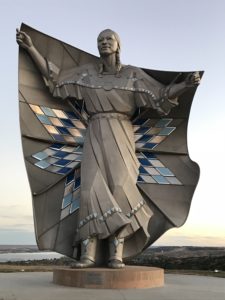 If you are reading this, are of European descent, and your ancestors arrived on this continent more than three or four generations ago, it is almost a certainty that they perpetrated, were complicit in, or turned a blind eye on, one of the great genocides in human history. Pretty much right at the time of the “first Thanksgiving”, immigrant Europeans started using their superior technology to kill Native Americans. A few hundred years later, after unconsciously wasting the continent with exotic diseases, and very consciously killing every Indian man, child, woman, and baby in their path with rifle, pistol, bayonet, howitzer, sword, fire, and alcohol they, like the Nazis of the following century, rounded up the remnants and marched them off to our North American version of concentration camps, there to largely die of starvation, except of a very few exceptions. This is all objectively, historically true.
If you are reading this, are of European descent, and your ancestors arrived on this continent more than three or four generations ago, it is almost a certainty that they perpetrated, were complicit in, or turned a blind eye on, one of the great genocides in human history. Pretty much right at the time of the “first Thanksgiving”, immigrant Europeans started using their superior technology to kill Native Americans. A few hundred years later, after unconsciously wasting the continent with exotic diseases, and very consciously killing every Indian man, child, woman, and baby in their path with rifle, pistol, bayonet, howitzer, sword, fire, and alcohol they, like the Nazis of the following century, rounded up the remnants and marched them off to our North American version of concentration camps, there to largely die of starvation, except of a very few exceptions. This is all objectively, historically true.
Yesterday I made my first visit to the poorest zip code in America; poorer than any urban ghetto, Appalachian “holler”, Delta crossroads, or Louisiana swamp. The Oglala Sioux who, for thousands of years roamed across the North American plains now hold title to the economically poorest section of America. Your ancestors and mine made sure that their concentration camp had the worst water and weakest soil in the center of the most productive farmland in the world, miles from railroads, other people, and the highways and towns that knitted together the west.
As I drove west on Highway 90 this morning, crossing the Missouri River at dawn, stopping to pay short homage at the Dignity statue, I could not help but see the productive fields of crops that stretch for hundreds of miles across South Dakota. And then within just a few minutes of turning south toward the Pine Ridge reservation, as tongues of the westward-trending Badlands poked towards my road, it did not take an old geologist to see that the soils had thinned from rich and productive to a mere few inches thick, incapable of supporting any growth other than prairie grass. Our ancestors wanted Indians to become “cultured” like them, and then made it absolutely impossible to even feed themselves. All Native Americans got screwed in the genocide; it is arguable that the Oglala Sioux got the most screwed of all.
The North American genocide was not your fault or mine; we were not alive. But the current state of affairs at Pine Ridge and many other reservations very much is something in which we all share a measure of responsibility. The rates of alcohol and drug abuse, unemployment, student drop-out, suicide, mortality, and almost every other measure of poverty at Pine Ridge are astronomical, and they have been for as long as the tribe has lived there. Pine Ridge is the bull’s eye of the non-American dream. That certainly has not been at the front of MY consciousness for most of my life, and I would guess it is the same for you, your children, and your students.
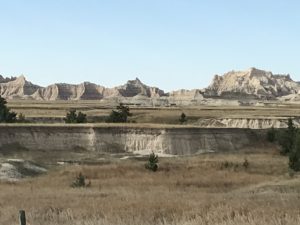
Very thin soils on the land around Pine Ridge deeded to Oglala Sioux in the 19th century
I am going to be in and around Pine Ridge for the next 5-6 days. I’m not going to write any more about the bad stuff that is so evident on the reservation, because there is so much good happening in small ways that has the real potential to finally, through the sheer will, grit, determinition, joy, cultural strength, and resilience of the local population, turn some of those bad things around. I have a few ideas that I am sharing with some educators and community organizers here, and maybe they will see fit to let me try in a tiny way to do something positive. There is so much for me to learn here that I could stay for years, and maybe, cumulatively, I will, but only if the people who are doing the real work want me to.
More to follow. There is a very special spirit here; I think it was always here in the wisdom of a people who grew with the earth, not by devouring it. Maybe I will be lucky and a bit will rub off on me, and if so, I am thinking of some new ways to share that with our students so they will not have to be as ashamed of their own ignorance and blind-eyes-turned as I am, when they are my age.
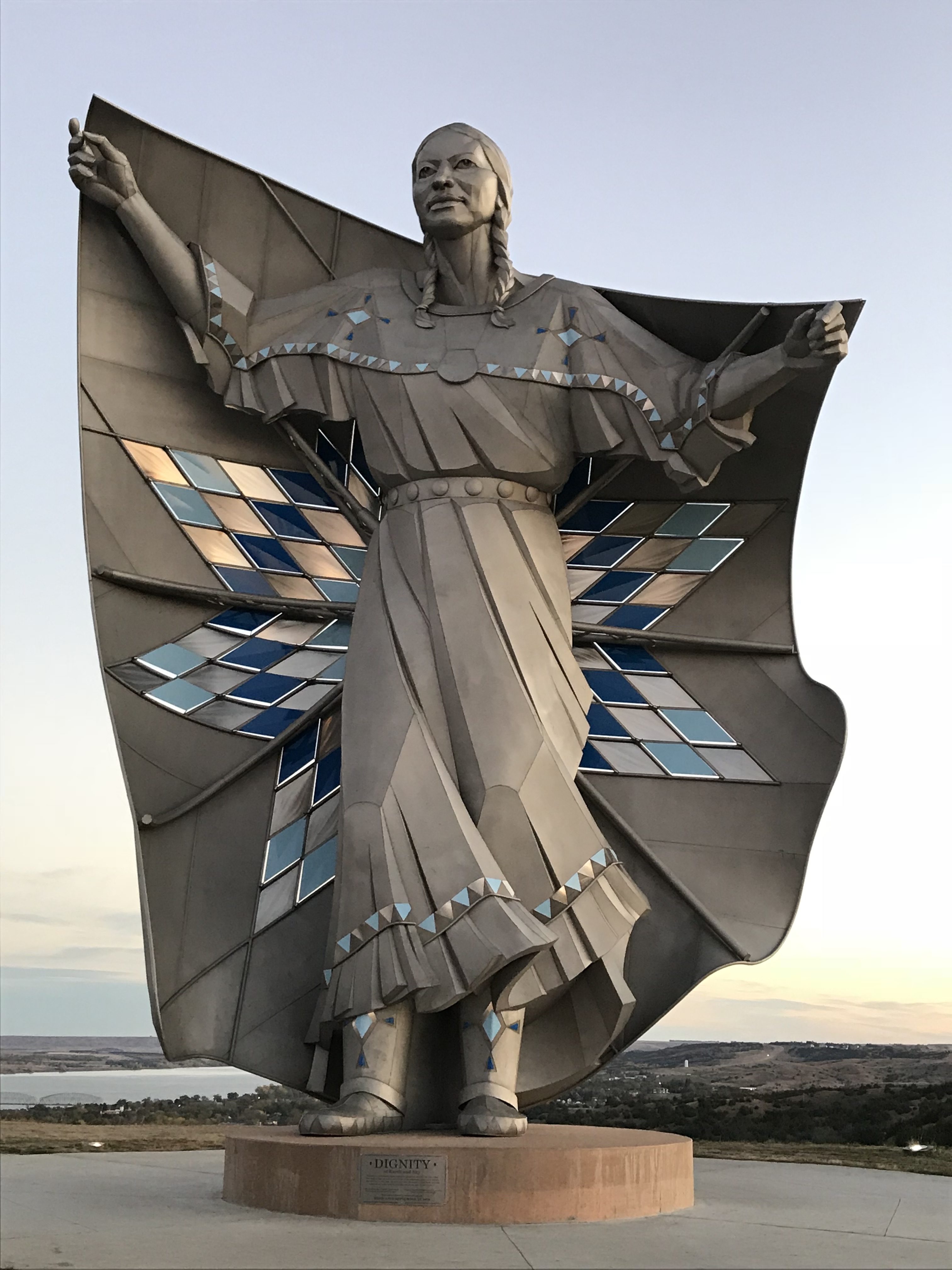


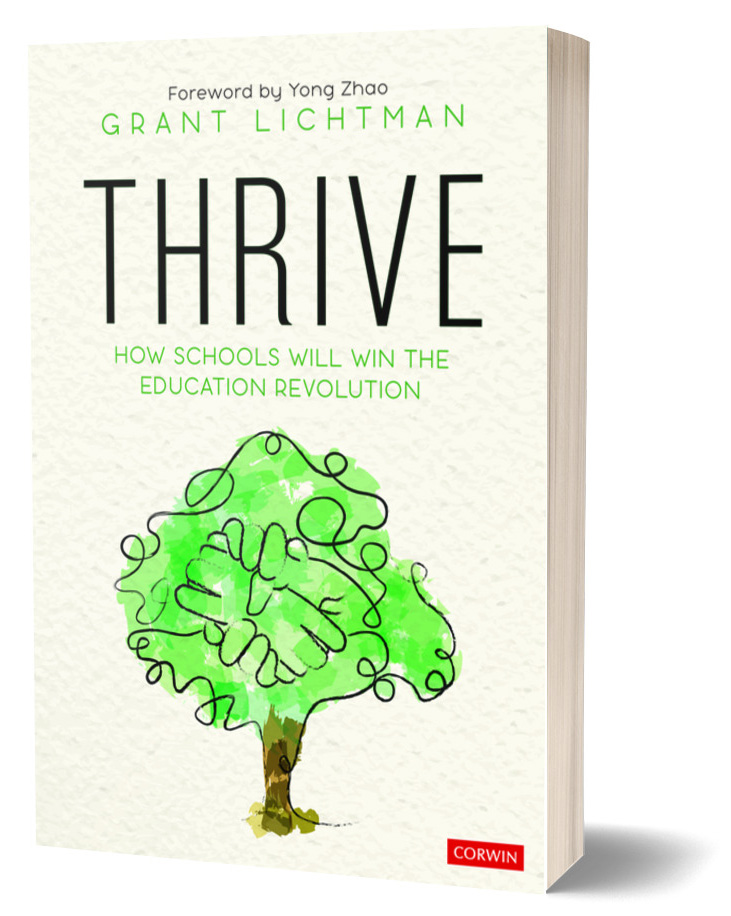
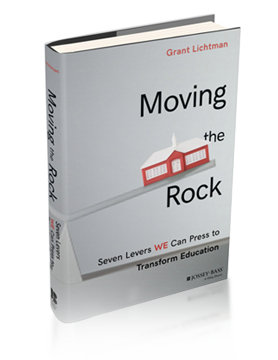

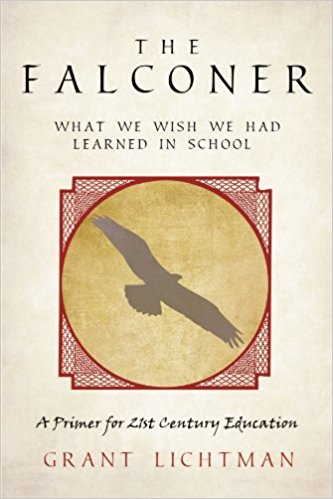





Leave A Comment